‘London of the Future’ provides an optimistic window into the city of 2123
The London Society’s new monograph, ‘London of the Future’, attempts to define the role of architecture, design and planning in a far-future capital
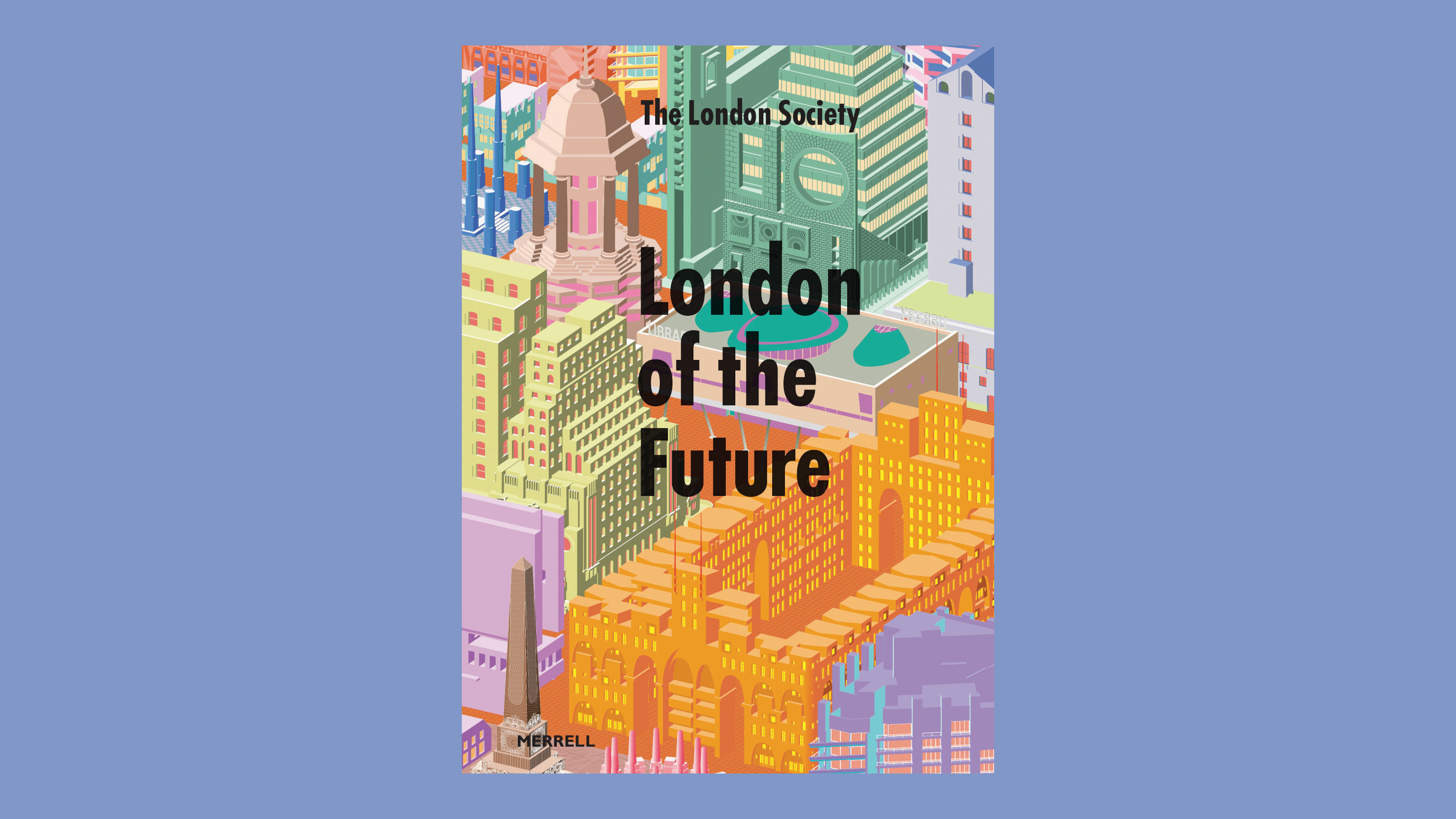
Hindsight is a wonderful thing. In 1912, when The London Society was founded, the architects, planners and grandees that made up the membership could have had no inkling of the changes the coming century would bring. The automobile was only just making its presence felt, but the idea that whole swathes of the city would be sacrificed for the convenience of drivers was unthinkable, as was the prospect of an enemy’s bombs laying waste to centuries of history. London of the Future, a new publication launched by the society this autumn, shows that it is still in rude health.
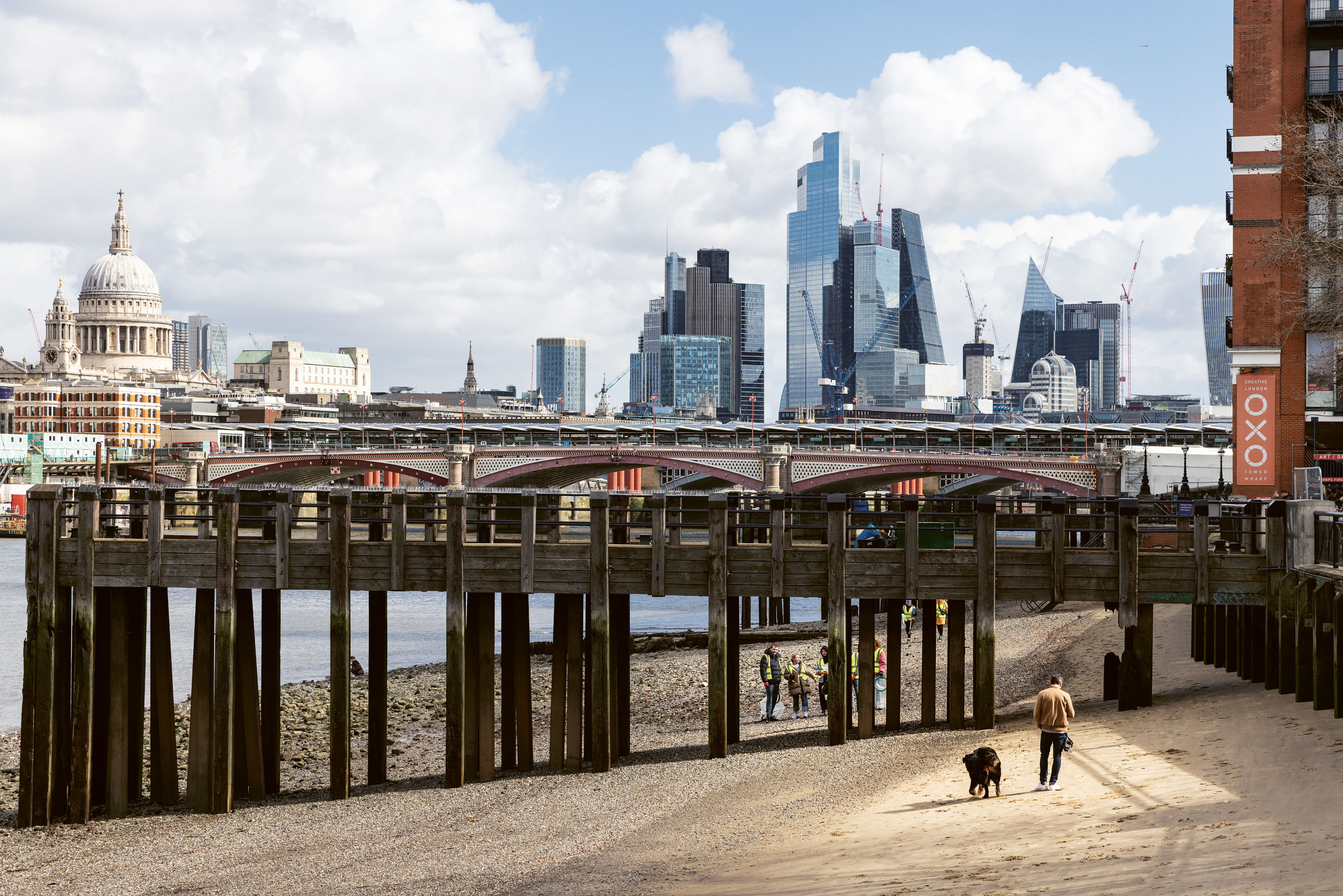
The City, seen from the beach by Oxo Tower Wharf
‘London of the Future’: a book exploring London in 100 years
London of the Future displays how The London Society, just like the city it celebrates, is still capable of great leaps of thought and imagination. However, the flip side is that progress is not always progressive, and there’s a long list of threats to tackle if the capital is to retain its global crown.
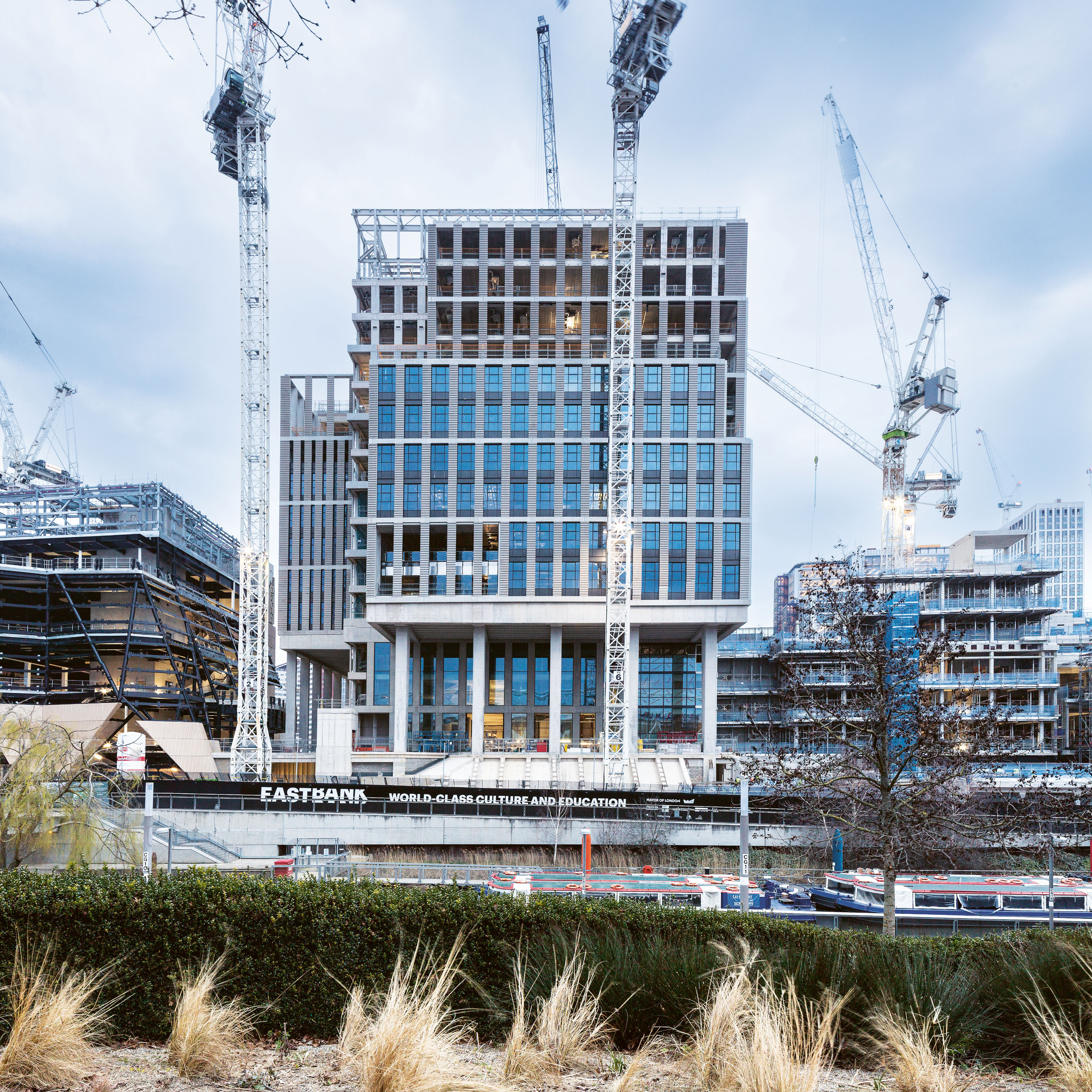
‘East Bank, a new cultural quarter and “creative cluster” for the Queen Elizabeth Olympic Park in east London, opens in 2023’
The jumping off point is the society’s original publication, also called London of the Future and published in 1921 just as futurism and science fiction were starting to incite and instigate social and cultural change. Some of the predictions contained in that book hit home – city-centre airports and the Channel tunnel, for example, or how the demand for housing and the perils of pollution might be addressed. Other speculations fell short of conjuring up an attainable future.

'The varied gardens on the roof of Goodman’s Fields, Aldgate, offer a tantalizing glimpse of a greener city.'
This new architecture book undertakes a similar exercise: ‘How could and should the city be improved by 2123?’ Perhaps the target now seems a little too distant, given how quickly technology can change society, as well our collective inability to carry out even the shortest of short-term plans. However, it’s certainly insightful to see what experts in various fields think will happen (as well as what needs to happen).
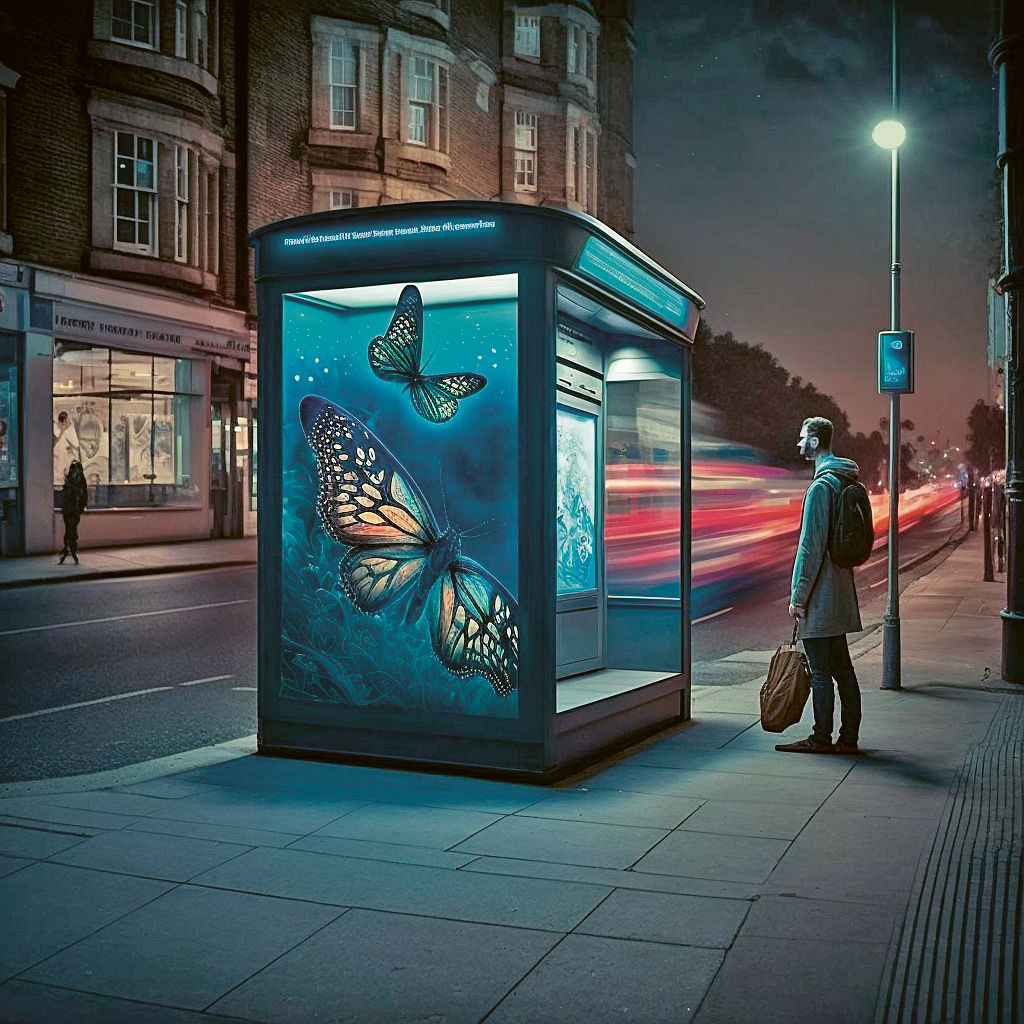
An AI-generated illustration from London of the Future
Introduced by Peter Murray, founder of New London Architecture and current chairman of The London Society, the book’s 18 essays include contributions from Sarah Ichioka, Jude Kelly, Hugh Pearman, and more. The topics range from conservation to food security through to AI-generated futures, tackling the inequality ingrained into the city’s fabric, as well as the perennial problems of housing provision and climate change.
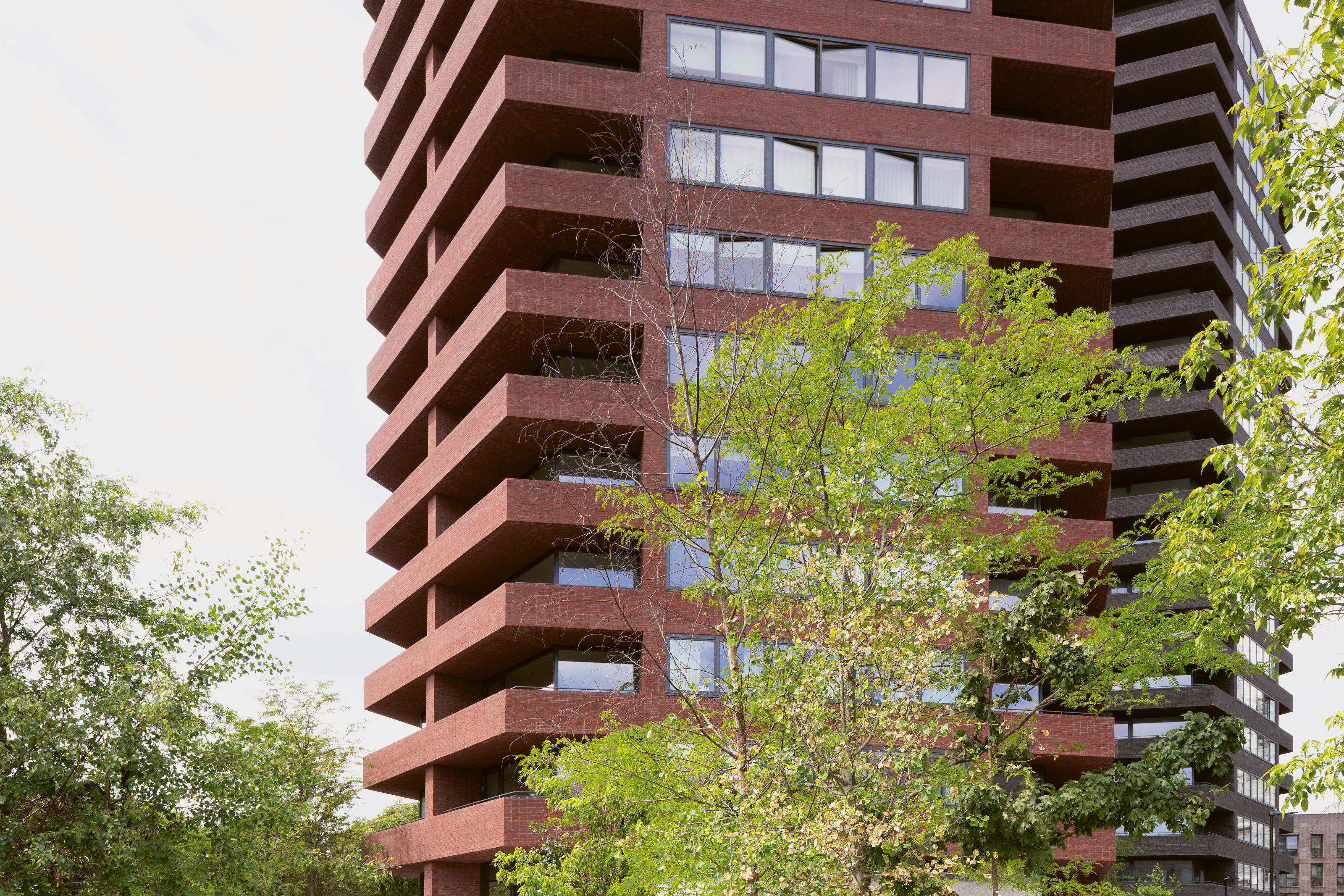
'The Hoxton Press Buildings (2018), a primarily residential development in Hoxton, east London, by David Chipperfield Architects and Karakusevic Carson Architects'
Critics often complain that London gets disproportionate attention compared to the rest of the UK, but then it also has a disproportionate impact on the country’s economy. London of the Future shows that although futurology is still very much an inexact science, it still has a role to play in shaping the world of tomorrow.
London of the Future, The London Society, £40, available from Amazon
Receive our daily digest of inspiration, escapism and design stories from around the world direct to your inbox.
Jonathan Bell has written for Wallpaper* magazine since 1999, covering everything from architecture and transport design to books, tech and graphic design. He is now the magazine’s Transport and Technology Editor. Jonathan has written and edited 15 books, including Concept Car Design, 21st Century House, and The New Modern House. He is also the host of Wallpaper’s first podcast.
-
 Top 10 gadgets of 2025, as chosen by technology editor Jonathan Bell
Top 10 gadgets of 2025, as chosen by technology editor Jonathan BellWhat were the most desirable launches of the last 12 months? We’ve checked the archives to bring you this list of the year’s ten best devices
-
 2026 will be all about style on screen. Here are some fashionable films to look out for
2026 will be all about style on screen. Here are some fashionable films to look out forFrom the return of Devil Wears Prada to a slew of stylish A24 projects, eight fashionable films to add to your watch list in 2026
-
 An inox-fanatic's love letter to stainless steel
An inox-fanatic's love letter to stainless steelUltimate stainless steel fan Levi Di Marco has been documenting inox designs on his social media platform @tutto_inox: we asked him to tell us about his not-so-mild obsession and share some of his favourite examples of inox design
-
 Arbour House is a north London home that lies low but punches high
Arbour House is a north London home that lies low but punches highArbour House by Andrei Saltykov is a low-lying Crouch End home with a striking roof structure that sets it apart
-
 In addition to brutalist buildings, Alison Smithson designed some of the most creative Christmas cards we've seen
In addition to brutalist buildings, Alison Smithson designed some of the most creative Christmas cards we've seenThe architect’s collection of season’s greetings is on show at the Roca London Gallery, just in time for the holidays
-
 The Architecture Edit: Wallpaper’s houses of the month
The Architecture Edit: Wallpaper’s houses of the monthFrom wineries-turned-music studios to fire-resistant holiday homes, these are the properties that have most impressed the Wallpaper* editors this month
-
 A refreshed 1950s apartment in East London allows for moments of discovery
A refreshed 1950s apartment in East London allows for moments of discoveryWith this 1950s apartment redesign, London-based architects Studio Naama wanted to create a residence which reflects the fun and individual nature of the clients
-
 David Kohn’s first book, ‘Stages’, is unpredictable, experimental and informative
David Kohn’s first book, ‘Stages’, is unpredictable, experimental and informativeThe first book on David Kohn Architects focuses on the work of the award-winning London-based practice; ‘Stages’ is an innovative monograph in 12 parts
-
 100 George Street is the new kid on the block in fashionable Marylebone
100 George Street is the new kid on the block in fashionable MaryleboneLondon's newest luxury apartment building brings together a sensitive exterior and thoughtful, 21st-century interiors
-
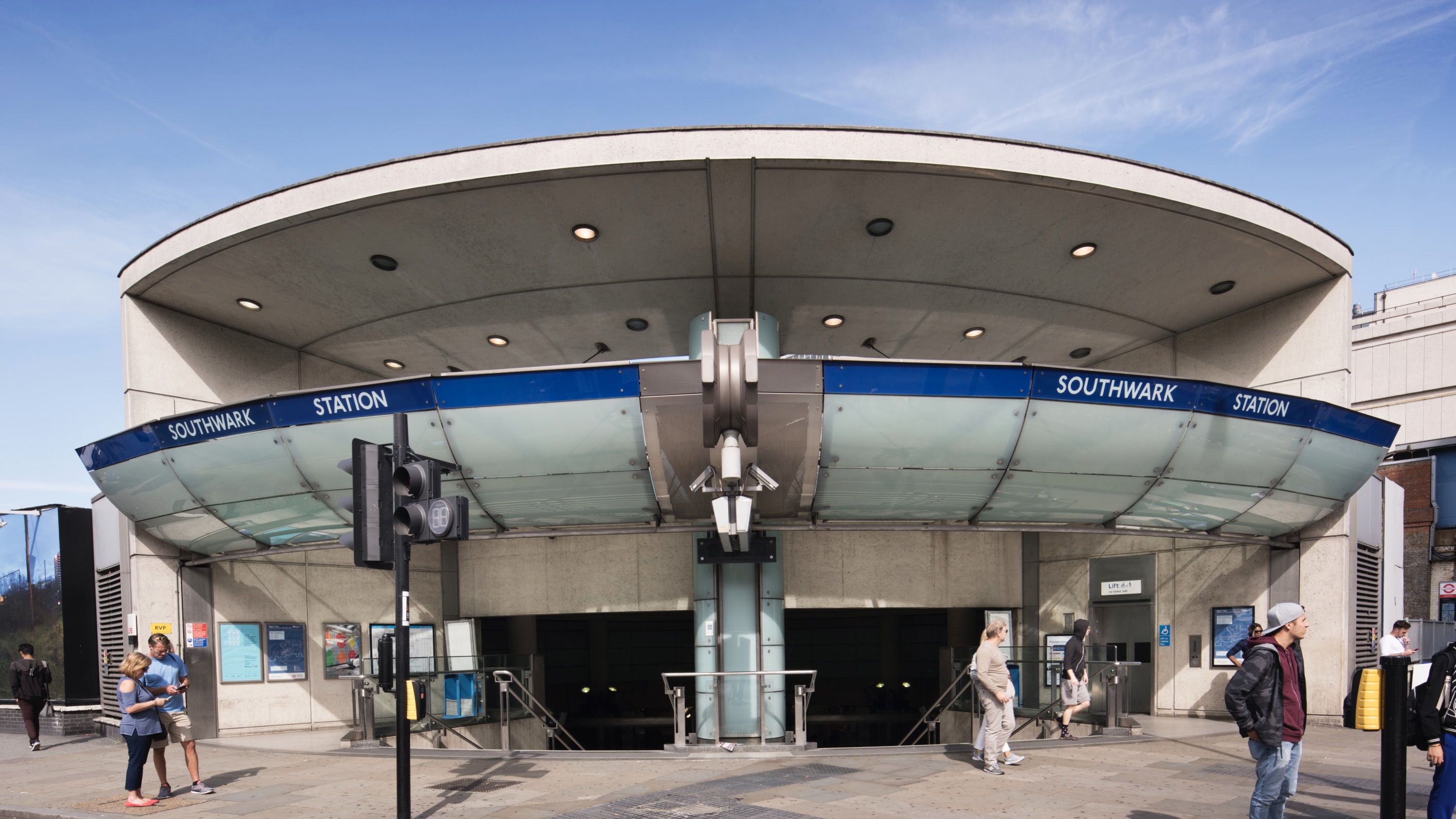 Futuristic-feeling Southwark Tube Station has been granted Grade II-listed status
Futuristic-feeling Southwark Tube Station has been granted Grade II-listed statusCelebrated as an iconic piece of late 20th-century design, the station has been added to England’s National Heritage List
-
 Archiboo Awards 2025 revealed, including prizes for architecture activism and use of AI
Archiboo Awards 2025 revealed, including prizes for architecture activism and use of AIArchiboo Awards 2025 are announced, highlighting Narrative Practice as winners of the Activism in architecture category this year, among several other accolades